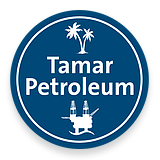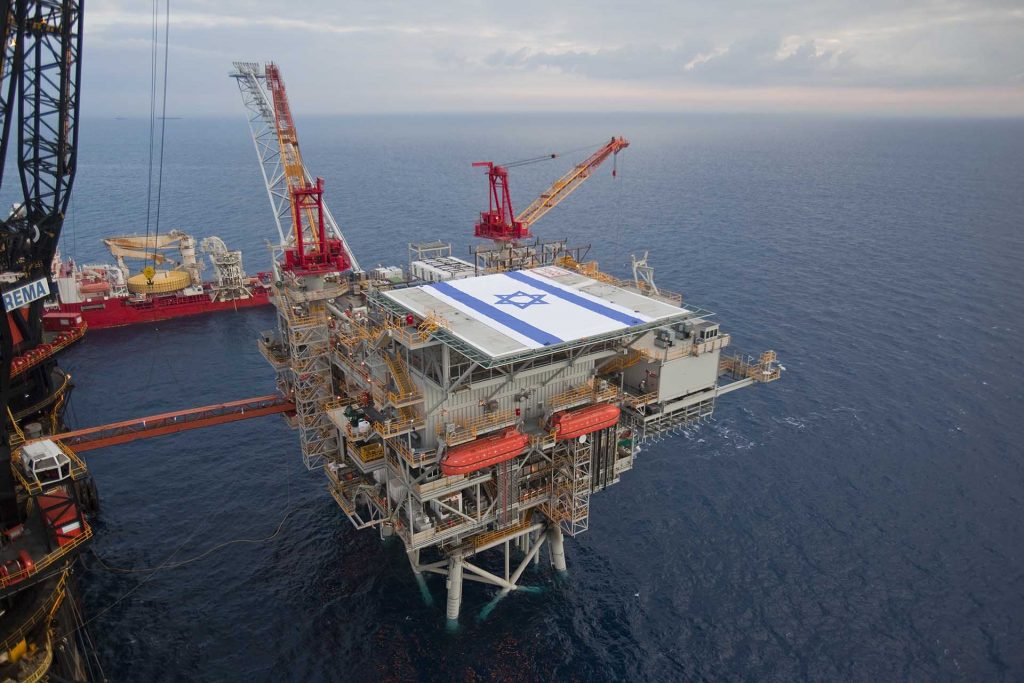The Tamar Reservoir
The First Significant Discovery in the Region
At the end of March 2013, natural gas started to flow from the Tamar Reservoir and as it did, Israel took a huge step toward energy independence. Only four years after the discovery of the Tamar gas field in January 2009, its development was rapidly completed in order to meet Israel’s immediate need for natural gas in view of the cessation of the supply from Egypt.
Following the discovery of the natural gas reserves, the Israeli government decided to reduce the generation of electricity from the high polluting coal and oil distillates and to promote the use of power generation from more efficient and environmentally cleaner natural gas. The Tamar Field is located some 90 km west of Haifa, at an overall depth of about 5,000 meters below sea level, and in waters that are about 1,700 meters deep. The field covers an area of 100 square kilometers, with the thickness of the reservoir layers reaching up to 300 meters.
The natural gas in Tamar is extracted through six production wells, built in such a way as to enable the production of 1.1 billion cubic feet (BCF) of natural gas per day.
In January 2017, the Tamar Reservoir began supplying natural gas to the Arab Potash Company and the Jordan Bromine Company on the Jordanian side of the Dead Sea. This is the first natural gas export agreement approved by the Israeli government, and within its framework, the Tamar Partnership expects to deliver millions of dollars’ worth of natural gas to the two plants in Jordan for a period of 15 years.
A World-Class Reservoir
The Tamar development system has been built in a way that produces redundancy and backup in the system, and stable production and flows over years.
According to the independent reserves evaluation conducted by NSAI, the estimated reserves of natural gas in the reservoir are around 13.73 TCF ( 389 BCM).
The Tamar development system was built so as to ensure redundancy in terms of the gas quality, since Tamar is positioned high on the global rating, as it is a reserve of dry gas (some 99% methane) with high porosity and permeability as well as high connectivity between the sections of the reservoir. Furthermore, the development of the reservoir was executed in a manner that provides the Israeli market with a continuous supply with minimal malfunctions, and indeed, the reservoir operates with an availability of some 99.98%, at the highest level by all standards.


